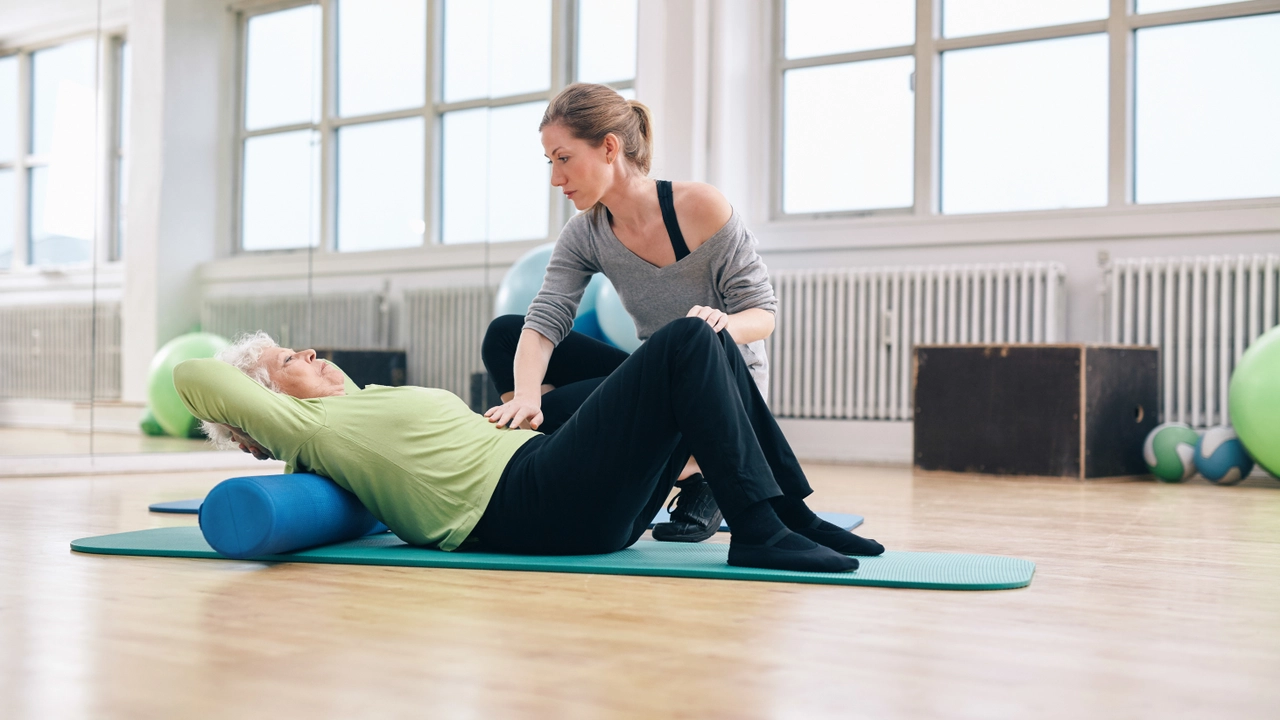Staying Active: Easy, Safe Ways to Move Every Day
Want more energy without joining a gym? Small, consistent changes beat rare intense sessions. Movement doesn’t need to be complicated—walks, simple strength moves, and short bursts of activity add up fast. Here’s a clear, practical plan you can use right away.
Simple habits that actually work
Start with a daily target: aim for 30 minutes of moderate movement most days. That can be three 10-minute walks, a brisk 30-minute walk, or a mix of chores and yard work. Track steps if you like—7,000–10,000 steps is a useful goal for many people, but pick a number you can build from.
Add strength twice a week. Use bodyweight moves (squats, push-ups from a wall or counter, chair dips) or a resistance band. Do 2 sets of 8–12 reps per exercise and increase reps slowly. Strength builds muscle, helps joints, and makes daily tasks easier.
Don’t skip balance and mobility. Single-leg stands, heel-to-toe walks, and gentle hip or shoulder stretches lower fall risk and keep you nimble. Do a 5–10 minute mobility routine after warming up—neck rolls, ankle circles, gentle lunges.
Use micro-workouts when time is tight. Ten minutes of stairs, a quick set of squats during TV breaks, or a 5-minute core routine at your desk keeps momentum going. Short sessions remove the “I don’t have time” excuse.
Practical safety tips and meds to watch
Warm up before higher-intensity moves and cool down after. Wear shoes with good support. Stay hydrated and eat a small snack if you’ll be active for over an hour.
If you take meds, check how they affect activity. Some blood pressure meds (like metoprolol) lower resting heart rate—don’t rely only on pulse to judge intensity. Diuretics (Lasix) can cause extra fluid loss—watch hydration. Certain statins can interact with grapefruit; if you snack on grapefruit and take statins, ask us about safer options like pravastatin or rosuvastatin. Bisoprolol and other beta-blockers can cause dizziness—start movement gently and stop if you feel lightheaded.
Supplements can help recovery for some people—vitamin D, magnesium, or a protein powder after workouts are common choices. Talk to your pharmacist before starting anything so we can check interactions with your meds.
Make it social and real: walk with a friend, take your dog out, or join a local class once a week. Habit wins over motivation—pick a time, put it on your calendar, and treat it like an appointment.
Questions about how your meds, supplements, or health issues affect activity? Stop by Shiner Family Pharmacy or contact our team. We’ll help you pick safe moves, check drug interactions, and suggest simple supplements if they make sense for you.

